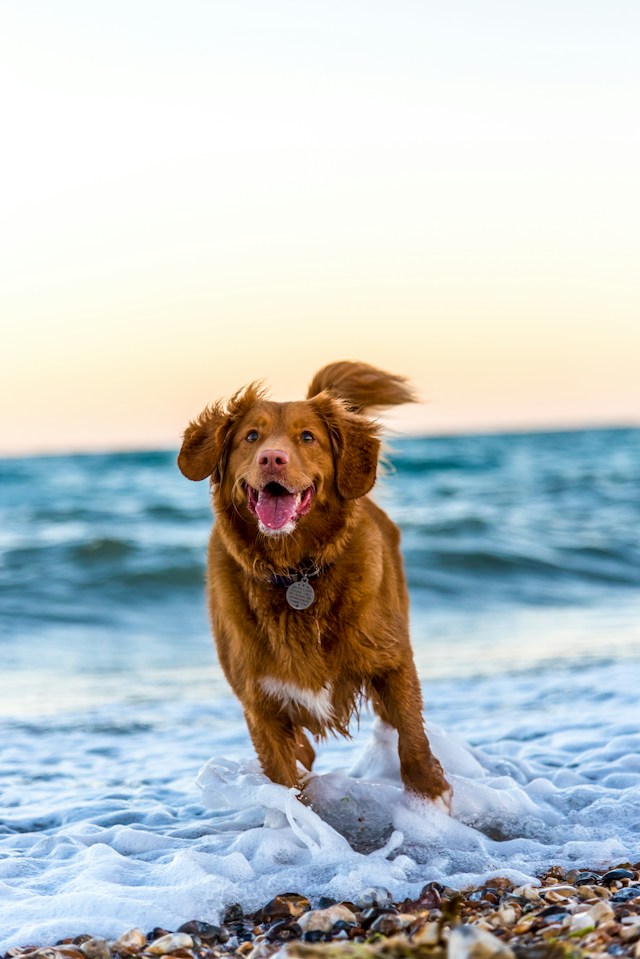Adopting an older rescue dog is a rewarding and compassionate act. Yet, the road of assimilation may not always be as smooth as you imagine. Specifically, house training these mature pets will be your biggest challenge. But don’t let this deter you. With a consistent routine, patience, and a little bit of psychology, you can teach an old dog new tricks. This article provides a comprehensive guide on how to effectively house train your older rescue dog. From establishing a routine to managing health issues, we’ve covered it all.
Understanding Your Dog
Before you jump into house training your dog, it’s crucial to understand them. Rescue dogs often come from difficult backgrounds, and their past experiences can affect their behavior. Therefore, understanding your new pet will give you insights into the most effective ways to train them.
A découvrir également : How to Safely Introduce Your Dog to Water-Based Activities?
Empathy is the key. The more time you spend with your dog, the better you’ll understand their behavior. Watch their body language, particularly when it’s time to ‘go’. Some dogs may show signs like sniffing around, circling, or whining. Identifying these signals will help you establish an effective potty routine.
Establishing a Routine
Consistency is a critical component when house training an older dog. A stable routine will provide structure and predictability, which can be comforting for a rescue dog. Regular feeding times, potty breaks, and exercise sessions can make the learning process much smoother.
Dans le meme genre : How to Treat Separation Anxiety in Cats?
First, set a consistent feeding schedule. It’ll make your pet’s bathroom schedule predictable, thereby making it easier to house train them. Depending on your dog’s size and health, two to three meals a day should suffice.
Next, it’s potty time. Based on your dog’s meal schedule, assign potty breaks. These breaks should be after every meal, before bedtime, and first thing in the morning. Don’t forget to reward your dog with a treat when they do their business at the right place and time. Positive reinforcement is a powerful training tool.
Crate Training
Crate training is not just for puppies. It can be a useful tool for training an older dog as well. The crate will serve as their den – a safe and comfortable space. Moreover, dogs instinctively avoid soiling their sleeping area, making crate training an effective house training method.
Ensure the crate is comfortable and just big enough for your dog to stand, turn around, and lie down. Too big a crate might give them space to pee or poop. Use positive reinforcement to make the crate a happy place for them. Start by leaving the crate door open with a treat inside. Once they’re comfortable entering and exiting the crate, you can start closing the door for short periods.
Managing Health Issues
Older dogs, particularly rescue dogs, may have health issues, which can affect their ability to hold their bladder or bowel movements. These health issues could be urinary tract infections, kidney disease, diabetes, or even arthritis that makes it hard for them to reach the bathroom area quickly.
As soon as you bring your new pet home, schedule a check-up with a vet. Discuss house training and any concerns you might have. A clean bill of health will give you peace of mind and ensure that your training efforts aren’t hampered by underlying health problems.
Patience and Persistence
House training an older dog, especially a rescue dog, requires a lot of patience and persistence. There will be accidents, and progress may seem slow. But don’t lose heart. Remember, your new pet is adjusting to a lot of changes, and learning to trust you.
Never punish your dog for accidents. Instead, interrupt them with a quick, neutral tone like “Oops” and lead them to the correct spot. Clean up accidents thoroughly to remove any scent that might attract them back to the same spot.
Remember, your older rescue dog is capable of learning and adapting, just like any other dog. All they need is time, consistency, and a patient, loving owner.
Adjustments and Modifications
When house training an older dog, be prepared to make adjustments along the way. Your rescue dog might have habits from their past that could make the process a bit more challenging. The key is to remain flexible and adapt your strategies as needed.
When you first bring your rescue home, establish a house-training routine that suits both your schedules. If you notice that your dog isn’t responding well to the routine or struggling with certain aspects, don’t hesitate to make changes.
For instance, if your dog struggles with crate training, try introducing other forms of confinement like playpens or gated areas. Or if your dog isn’t responding well to treats as rewards, try using praise and affection instead.
Your dog might also have specific triggers that cause them to have accidents. For example, rescue dogs often struggle with separation anxiety which can lead to accidents when you’re not home. In such cases, you could consider dog sports or enrichment activities to keep them occupied and reduce anxiety.
Remember, your dog’s comfort and wellbeing should always be your priority. Therefore, if a certain aspect of house training is causing stress or discomfort to your adult dog, it may be best to consult with a professional dog trainer or behaviorist to advice on the best way forward.
Conclusion: Celebrating Success
House training an older dog, especially a rescue dog, is a journey filled with ups and downs. But don’t forget to celebrate the small victories along the way. Every time your dog successfully goes to the bathroom in the right place, it’s a step closer to fully understanding their new home rules.
Remember, the ultimate goal is to ensure that your dog feels safe, comfortable and loved in their new home. Mistakes will happen, but with patience, consistency, and understanding, your dog will eventually learn where and when to relieve themselves.
Lastly, always remember the saying ‘patience is a virtue.’ House training an older dog may take longer than you anticipate, but each step is a milestone towards building trust with your new four-legged friend. It’s a journey that not only house trains your dog, but also strengthens the bond between you and your pet.
In conclusion, house training a rescue dog is a worthwhile endeavor that requires patience and commitment. But with the right strategies as outlined in this article, you can effectively house train your older dog and create a happy, stress-free home for your new furry family member.






